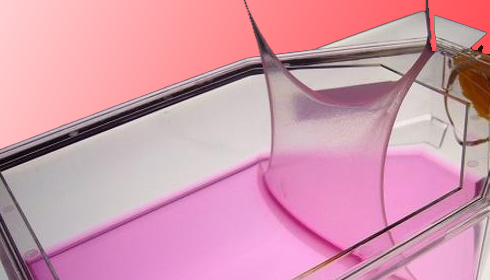
Nagoya University researchers take a big step forward in the fight against rare skin diseases
Japan's Nagoya University Graduate School of Medicine has taken a big step forward in the treatment of epidermolytic ichthyosis (EI) and ichthyosis with confetti (IWC), two very rare skin diseases, where they were able to successfully transplant genetically healthy skin to areas that were inflamed.
For this, they modified the method, typically used for treating severe burns, to address these rare skin conditions. This new approach gives hope for a treatment that works for these difficult disorders. The findings of the case were published in the British Journal of Dermatology recently.
Changes in the KRT1 or KRT10 genes cause EI and IWC, two skin conditions. These genes make keratin, very important for keeping skin strong and whole. Because of these changes, the skin is weak, which can cause blisters and thick, scaly patches.
Some people with these diseases have healthy skin patches in the areas where they are sick. These healthy spots appear because of a natural process known as revertant somatic recombination. In this process, genetic changes fix the mistakes in the genes that cause the condition. This way, parts of the skin get back to being healthy.
The research team, led by Lecturer Kana Tanahashi, Prof. Masashi Akiyama and Associate Prof. Takuya Takeichi, thought that this natural correction process could be used for treatment. They produced transplants from genetically corrected and healthy skin cells. These are called cultured epidermal autografts (CEAs). They then transplanted these CEAs into the patients' damaged skin.
The researchers had doubts that transplanting CEAs to patients with peeling skin would work. Four weeks after the procedure, ichthyosis didn't come back in the treated areas of two of the patients. In the third patient, the condition got a lot better, and it didn't come back in more than a third of the treated area.
All three patients, however, had some ichthyosis return at the transplant sites 24 weeks after the surgery. However, the researchers think that this method can be very helpful for relieving severe symptoms and treating certain areas that have a big impact on the patient's quality of life.
The results of this study are a big step towards finding effective treatments for EI and IWC. The team has shown a new and promising way to treat the disease by using the body's natural ways of fixing genetic problems. However, their initial study would need more research and clinical trials, aiming to improve the method and make it useful for more patients. This gives people with these tough skin disorders some hope.